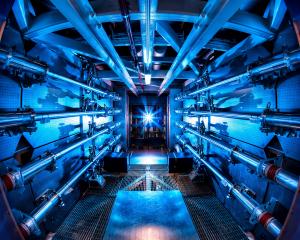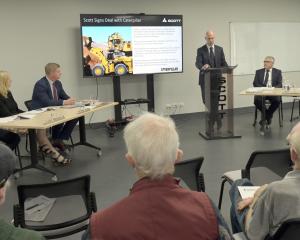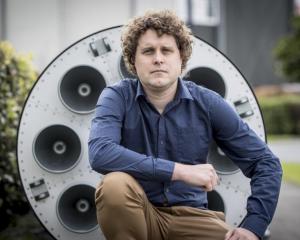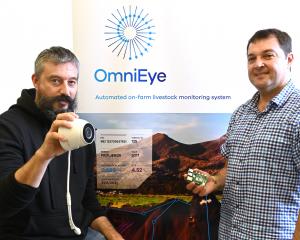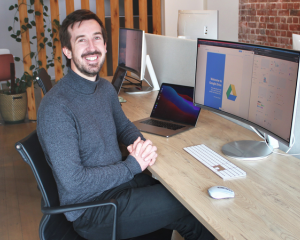Hoping to make the lab rat a thing of the past, scientists at Lawrence Livermore Lab are testing technology that replicates vital human tissues on microchips.
Animal rights advocates are encouraged that the technology may one day end experiments on mice, rats, snakes and other animals used to test products and develop drugs in laboratories around the world.
The "Human on a Chip" programme shifts the experiments from living animals to the lab by replicating cells of human organs and tissues, exposing them to chemicals and using electrical signals to measure the response.
While labs and university researchers in other parts of the United States are using similar technology to test different organs of the body, scientists at Lawrence Livermore are focusing on four vital body functions: the central nervous system, peripheral nervous system, blood-brain barrier and heart.
The chips allow scientists, for example, to measure how certain body parts react to caffeine, heart medicine or other more dangerous toxins. In one early experiment, scientists applied capsaicin, the chemical that makes peppers hot, to cells of the peripheral nervous system and were able to measure a response.
The cells can survive and function on chips for several weeks in some cases, so many different kinds of experiments can be done to measure how exposure to drugs or chemicals affects cells and to evaluate cell recovery, with no human or animal test subjects necessary.
Lawrence Livermore gets its human tissues from AnaBios, a San Diego company. The tissues are derived from organ donors, and unlike tissues grown from stem cells, these are mature and can provide a more reliable response to stimuli.
Still under testing and far from being widely used, the process also has the ability to speed up development of medical countermeasures to toxins and provide more accurate data than animal testing does.
"Animal testing can be more complicated and costly, whereas these chips can be much more reliable," said Kris Kulp, a lab scientist who is part of the project.
According to the US Food and Drug Administration, 9 out of 10 drugs that pass animal tests fail in humans because they don't work or are dangerous.
With this acknowledgment, various agencies, such as the Environmental Protection Agency and National Institutes of Health, have made efforts to reduce the use of animal testing.
Last month, President Barack Obama signed an updated Toxic Substances Control Act, originally approved in 1976, that includes a provision calling for restrictions on animal testing.
"We are familiar with this new direction that science is taking, and we're very excited about the possibility that it can replace animals in chemical testing, drug development and other areas," said Kathy Guillermo, vice president of laboratory investigations for People for the Ethical Treatment of Animals.
Joyce Tischler, general counsel for Animal Legal Defense Fund, said her group is excited about alternatives to animal testing.
"This also means that the science, environmental and animal welfare communities are all on the same page, which is to protect human life from chemicals and diseases," Tischler said. "We would just like to see it without the use of live animals."
More than 100 million animals are killed in experiments each year in the United States, according to the Laboratory Animal Resource Center at the University of California at San Francisco.
Lawrence Livermore Lab is spending nearly $US2 million a year on the project, called iCHIP (in-vitro Chip-based Human Investigational Platform), which is now in its third year, said Elizabeth Wheeler, principal investigator.
The bulk of the chemicals used at Lawrence Livermore come from the Forensics Science Center, one of two US labs certified for identifying chemical warfare agents. The US Army in 2013 used the "Human on a Chip" technology to test chemicals used in warfare.
Wheeler said her group has no plans, nor is it legally allowed, to experiment with warfare agents.
She said the long-term goal is to collaborate with other research centers studying the technology on other parts of the body.
"We hope to integrate them all together and re-create the human body and the reactions it has to link multiple chips to capture interactions between different organs," Wheeler said.
- TNS

